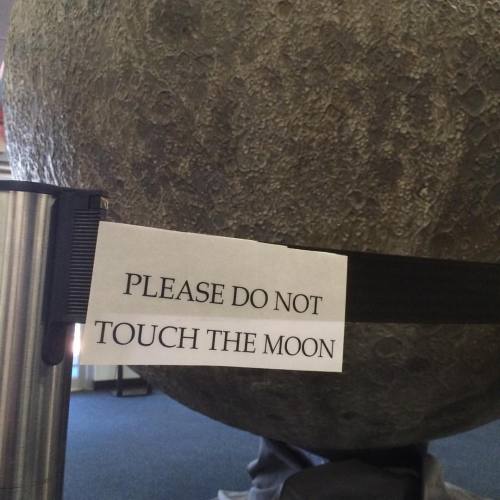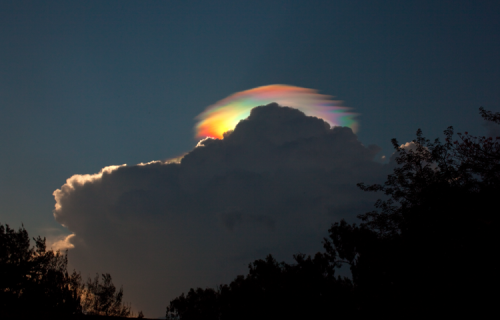This Graphic Shows How Fast A Rocket Must Go To Leave Every Planet

This graphic shows how fast a rocket must go to leave every planet
More Posts from Alienoftheastro and Others

The Vanderbilt Planetarium asks you to refrain from following your dreams.
damn Bill Nye is smooth
I have loved the stars too fondly to be fearful of the night
The Old Astronomer by Sarah Williams (via back-to-the-stars-again)

Is there anybody out there?






Solar System: OSIRIS-REx and Bennu
Let us lead you on a journey of our solar system. Here are some things to know this week.
This week, we’re setting out on an ambitious quest: our first mission to retrieve a sample from an asteroid and return it to the Earth.
1. Take It from the Beginning

Some asteroids are time capsules from the very beginnings of our solar system. Some meteorites that fall to Earth originate from asteroids. Laboratory tests of materials found in meteorites date to before the sun started shining. OSIRIS-REx’s destination, the near-Earth asteroid Bennu, intrigues scientists in part because it is thought to be composed of the primitive building blocks of the solar system.
Meet asteroid Bennu
Take a tour of asteroids in our solar system.
2. Creating the Right Ship for the Journey

At the heart of the OSIRIS-REx mission is the robotic spacecraft that will fly to Bennu, acting as the surrogate eyes and hands of researchers on Earth. With its solar panels deployed, the craft is about 20 feet (6 meters) long and 10 feet (3 meters) high. Packed into that space are the sample retrieval system, the capsule for returning the sample to the ground on Earth, plus all the hardware for navigation and communicating with home.
Explore the instruments and how they work
3. School of Hard Rocks

If you’re a teacher or a student, the OSIRIS-REx mission and exploring asteroids make for some engaging lesson material. Here are some of the things you can try.
Find dozens of lesson plans
4. Standing (or Flying) on the Shoulders of Giants

OSIRIS-REx is not the first time we have explored an asteroid. Several robotic spacecraft led the way, such as the NEAR Shoemaker probe that orbited, and even landed on, the asteroid Eros.
Meet the asteroid pioneers and see what they discovered
5. The Probability of Successfully Navigating an Asteroid Field is…Pretty High

How much of what we see in movies about asteroids is fact, and how much is fiction? This video lays out the basics. (Spoiler alert: even though there are millions of them, the average distance between asteroids in the main belt is something like 1.8 million miles, or about three million kilometers.)
+ Watch + See more videos that explain asteroids and the mission
Discover the full list of 10 things to know about our solar system this week HERE.
Make sure to follow us on Tumblr for your regular dose of space: http://nasa.tumblr.com

An extremely rare rainbow-colored pileus iridescent cloud over Ethiopia.

Source
Milky Way timelapse taken this morning (06/03/2016) on Osea island. Taken between 4:50 am and 6:10 am, panning is achieved by using my SkyTracker in horizontal mode. 6D Samyang 24mm @f2.8 ISO4000 25 sec exposures.. Please watch in HD!!
-
 woolgatheringandmiscellany liked this · 1 year ago
woolgatheringandmiscellany liked this · 1 year ago -
 ukcarrierpower liked this · 2 years ago
ukcarrierpower liked this · 2 years ago -
 escape-from-the-worlddd liked this · 3 years ago
escape-from-the-worlddd liked this · 3 years ago -
 rh35211 reblogged this · 3 years ago
rh35211 reblogged this · 3 years ago -
 zerosxz liked this · 3 years ago
zerosxz liked this · 3 years ago -
 hellogrimmworld liked this · 3 years ago
hellogrimmworld liked this · 3 years ago -
 silkpunk reblogged this · 4 years ago
silkpunk reblogged this · 4 years ago -
 thomasbrisenio reblogged this · 4 years ago
thomasbrisenio reblogged this · 4 years ago -
 numantinecitizen reblogged this · 4 years ago
numantinecitizen reblogged this · 4 years ago -
 albertobissacco reblogged this · 5 years ago
albertobissacco reblogged this · 5 years ago -
 pastelgothicllama liked this · 5 years ago
pastelgothicllama liked this · 5 years ago -
 sid-99-blog1 liked this · 5 years ago
sid-99-blog1 liked this · 5 years ago -
 borderline-feral reblogged this · 5 years ago
borderline-feral reblogged this · 5 years ago -
 fadednorth reblogged this · 5 years ago
fadednorth reblogged this · 5 years ago -
 fadednorth liked this · 5 years ago
fadednorth liked this · 5 years ago -
 rh35211 reblogged this · 5 years ago
rh35211 reblogged this · 5 years ago -
 a-is-faking-it reblogged this · 5 years ago
a-is-faking-it reblogged this · 5 years ago -
 blakmanr liked this · 6 years ago
blakmanr liked this · 6 years ago -
 stevetmbl-blog liked this · 6 years ago
stevetmbl-blog liked this · 6 years ago -
 viking369 reblogged this · 6 years ago
viking369 reblogged this · 6 years ago -
 rispostesenzadomanda liked this · 6 years ago
rispostesenzadomanda liked this · 6 years ago -
 finder-of-things liked this · 6 years ago
finder-of-things liked this · 6 years ago -
 xueshu liked this · 6 years ago
xueshu liked this · 6 years ago -
 alijezzini reblogged this · 6 years ago
alijezzini reblogged this · 6 years ago -
 alijezzini liked this · 6 years ago
alijezzini liked this · 6 years ago -
 osirissunra777 reblogged this · 6 years ago
osirissunra777 reblogged this · 6 years ago
